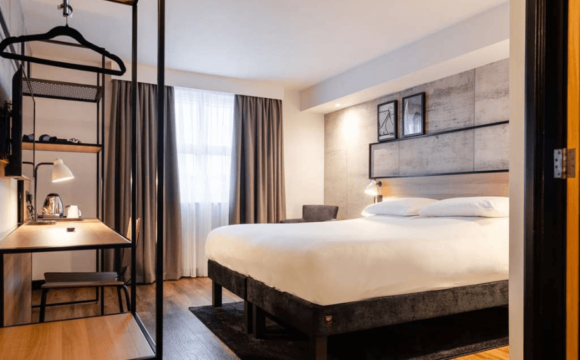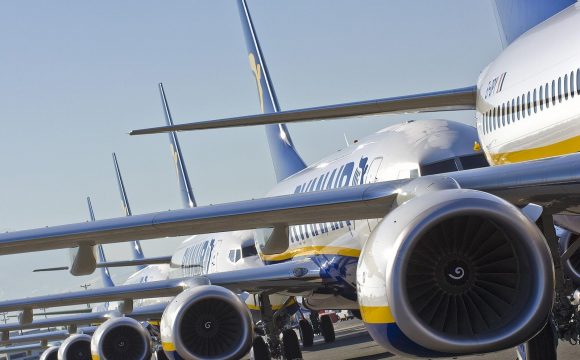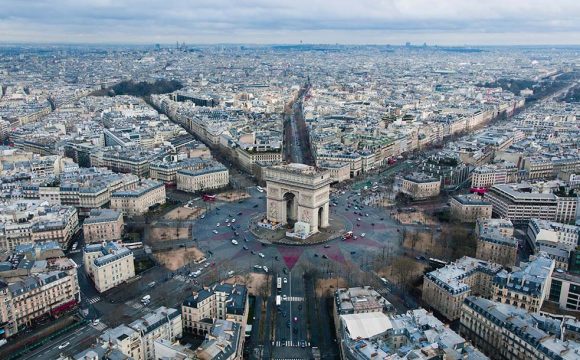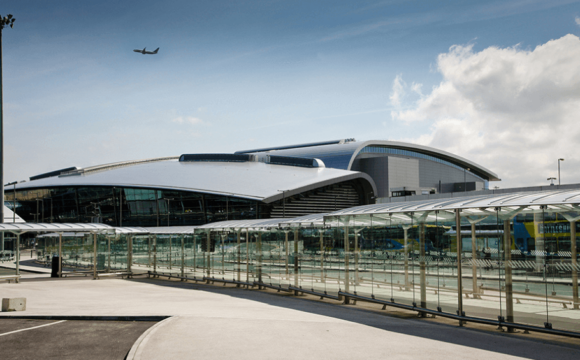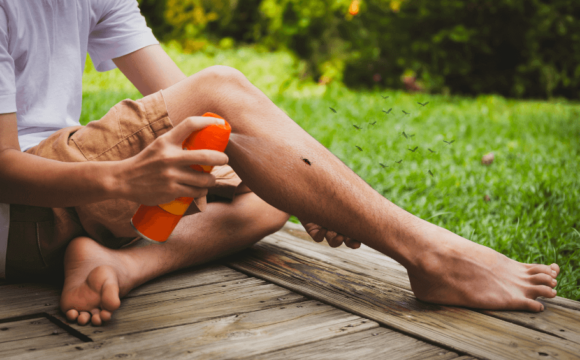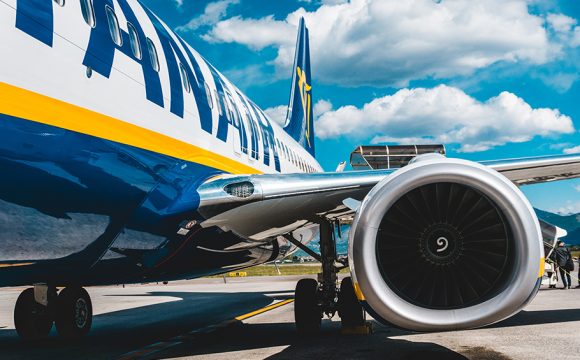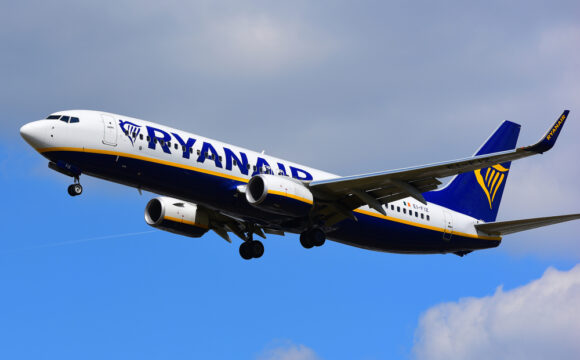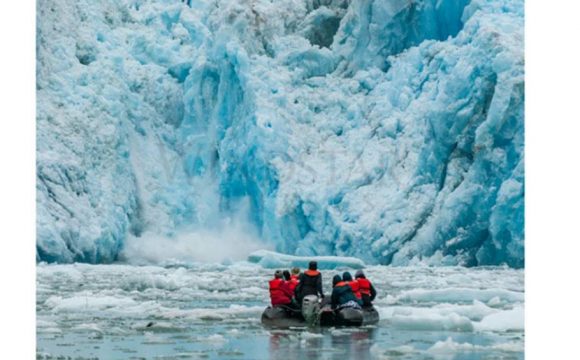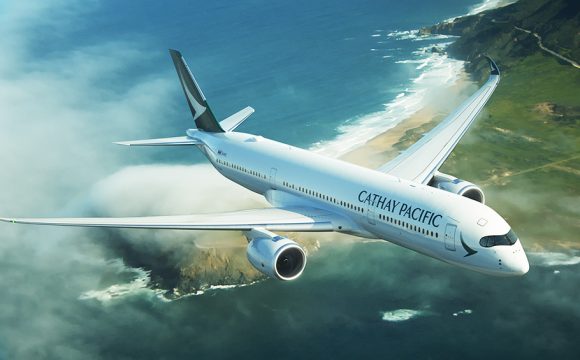When boarding the connecting midnight flight in Istanbul to travel on to Georgia – I knew little of this small country situated between Russia and Turkey with Azerbaijan and Armenia borders and a Black Sea coast.
Of course like many with an interest in 20th century history, I knew that one of the most important and powerful figures of those times, Joseph Stalin, who became leader of the Soviet Union, was born Georgian.
However over the next few days I came to realise that very few Georgians were celebrating that fact, concentrating instead in showing off their fascinating unique culture, breathtaking mountain scenery, fabulous wine, food, hospitality, and were celebrating their relatively new freedom – post Cold War.
On arrival at the Tbilisi, the Georgian capital, as passports were stamped, the same immigration official presented each passenger with a welcome gift of Georgian wine, a friendly generous gesture from the people here, which typified my visit.
Georgia has suffered long and hard at the hands of its neighbour north of the Caucuses Mountains, back during the times of the Tsars, Georgians found themselves annexed to become part of the Russian Empire ruled from Moscow, then after the Russian Revolution, and a brief war with new Moscow regime they had little choice but to became a Soviet republic.
When Georgia’s famous son, Stalin, became leader of the Soviet Union, and ruthless ruler of an empire stretching at one point from West Germany to Alaska, he showed no favouritism to his fellow Georgians; in fact any dissent here was probably put down more harshly than elsewhere.
With the breakup of the Soviet Union independence was declared in 1991, and Georgians were truly free for the first time since 1801.
Tbilisi
Despite this interference Georgia retains today its own distinct language, culture, and the Georgian Orthodox Church – personified in the 21st century by the opening in 2004 of the newly constructed Holy Trinity Cathedral of Tbilisi also known as Sameba – impressive, majestic, and now the world’s third largest Orthodox church.
This is the newest landmark in Tbilisi – which dates back to the 5th century AD when founded by King Vakhtang Gorgasali who was attracted by warm sulphur springs still to be found today in bath houses in the Old Town where Georgian, Byzantine, and Neo-Classical architectural styles sit dissected by the fast flowing River Mtkvan and surrounded by high hills, one dominated by the ancient Narikala Fortress, accessible by day and night by cable cars offering spectacular city views to match those at the top.
Caucasus Mountains
Running north of Tbilisi the Georgian Military Road takes travellers to some of the most spectacular mountain scenery I have seen, I had always believed the Alps to possess Europe’s highest peaks, but the Caucasus with more than seven 5,000 metre plus mountains are the clear winners.
After ascending into clouds at a pass at 2395 metres, we entered a high valley approaching the Russian border surrounded by towering mountains including Mount Kazbek at 5047 metres.
Here the Gudauri Resort boasts hotels and restaurants offering welcome hospitality, the style of many buildings have somewhat of a post-Soviet feel about them, but the generous delicious home cooked Georgian cuisine on offer is a delight.
During the summer months Georgia enjoys a hot climate and hiking in the Caucasus is a joy. One of the highlights here is the three-hour trek (or 30 minutes in a 4×4) up to the 13th century Gergeti Trinity Church, solidly stone built and fully preserved at 2,170 metres offering some of the finest views imaginable.
Here one can imagine medieval folk sitting out long snowbound winters in total isolation waiting for the spring sun to come once more and thaw them out with only their belief in their God to console them.
To the west of Tbilisi where the terrain is less dramatic lie some must-see attractions along what was once the Silk Road.
The Uplistsikhe (Fortress of the Lord) Cave City was founded in the 6th century BC and was a centre of Caucasian Pagan worship before Christianity was adopted.
Sacked by the Mongols in the 12th century, Uplistsikhe remained a stop-off point on the old Silk Road until the 15th century, and today these caves can be visited along with a 9th century church built over the Pagan Temple of the Sun God overlooking the River Mtkvan.
Mtskheta nearby is the old capital of Georgia and a beautifully preserved small city with the UNESCO protected 11th century Svetitskhoveli Cathedral sitting behind ancient walls at its centre.
Stalin Museum, Gori
As someone whose own Polish forebears suffered in a similar way to the people of Georgia at the hands of Stalin’s Soviet Union in the mid-20th century, my visit to the city of Gori came as somewhat of a shock.
For the people here are alone in Georgia in celebrating Joseph Stalin, for this is where he was born and raised, and where there is now a major museum dedicated to this dictator’s memory.
Incredibly this includes in the museum grounds Stalin’s perfectly preserved childhood home and the railway carriage in which he travelled around the Soviet Union from 1941 to 1952.
Apparently Stalin was averse to flying; probably realising this increased the likelihood of a successful assassination attempt.
On can visit Stalin’s lounge, communication room, bedroom, bathroom, and other compartments on the carriage – where within some of the most crucial decisions effecting world history in the 20th century were made.
Cuisine and Drink
Georgian cuisine is worth a feature in its own right, but for those who enjoy their food and drink this is the place where quality wines and beers are usually drunk in generous measures accompanying meats, cheeses, fish, soups and vegetable dishes, with home baked breads some featuring cheese.
Try
- Khinkali: Dumplings filled with minced lamb, beef or pork with onions chili pepper, salt and cumin.
- Khachapuri: Cheese filled bread leavened and allowed to rise, with eggs.
- Kuchmachi: Chicken livers. hearts and gizzards with walnuts and pomegranate seeds.
- Shashlik: Marinated beef or pork kebabs on skewers with onion, mushroom and tomatoes.
- Tone Bread: Traditional bread baked in large ovens the shape of a well.
I very much enjoyed my stayed at the Old Tiflis Hotel in Tbilisi Old Town with pleasant designer rooms and roof restaurant with terrace serving breakfasts and evening drinks with fine views of the city (tiflis.ge).
Tour Guides
Excellent knowledgeable highly qualified guides (including Astrophysicists) fluent in English, Colour Tour Georgia, run and founded by Dr Giorgi Nanobashvili, some of the best I have experienced (colourtourgeorgia.com).
Top Restaurants in Georgia – alltherooms.com/w/2018/01/7-top-restaurants-georgia
Top Restaurants in Tbilisi: alltherooms.com/w/2018/01/the-7-best-restaurants-in-tbilisi/




